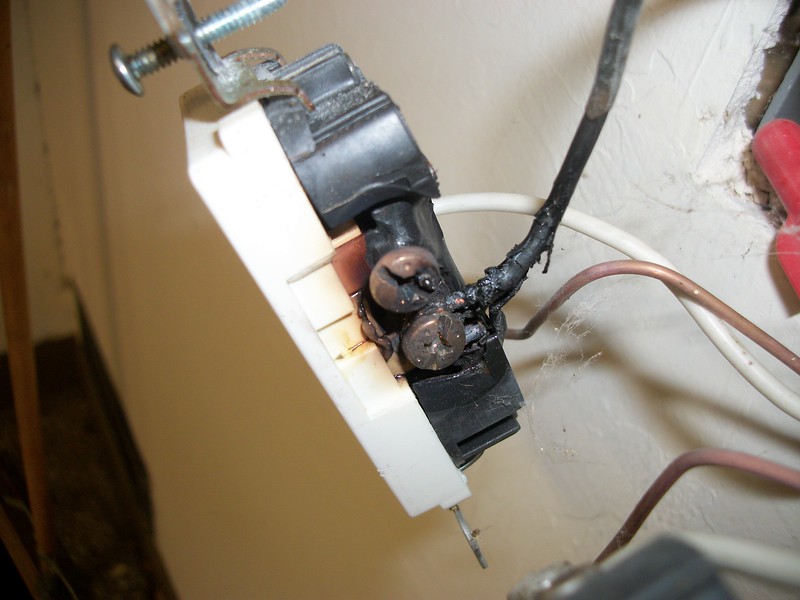BMW4Me
Well-known member
As I do not have many L2 charging stations that are convenient to my commute to work, and my apartment building does not allow installation of L2 units, I regularly rely on the occasional use charging unit that comes with the car. When I'm at work, I can plug in for the day and top off my charge, so this actually works out quite well.
Recently I started using a different wall outlet in the garage and noticed that when removing charger from the wall plug it was quite hot. Very hot indeed. Most recently, I noticed it so hot that the plastic around one of the metal plugs was melted and soft.
I've called my dealer to get a replacement charger, but still have some unresolved questions:
- Has anyone else experienced the heating or melting?
- Does the last 20% of charging draw more current?
- Should I be using REDUCED for L1 charging (making slow even SLOWER)?
- Could it be the outlets had different amperage ratings?
Recently I started using a different wall outlet in the garage and noticed that when removing charger from the wall plug it was quite hot. Very hot indeed. Most recently, I noticed it so hot that the plastic around one of the metal plugs was melted and soft.
I've called my dealer to get a replacement charger, but still have some unresolved questions:
- Has anyone else experienced the heating or melting?
- Does the last 20% of charging draw more current?
- Should I be using REDUCED for L1 charging (making slow even SLOWER)?
- Could it be the outlets had different amperage ratings?

